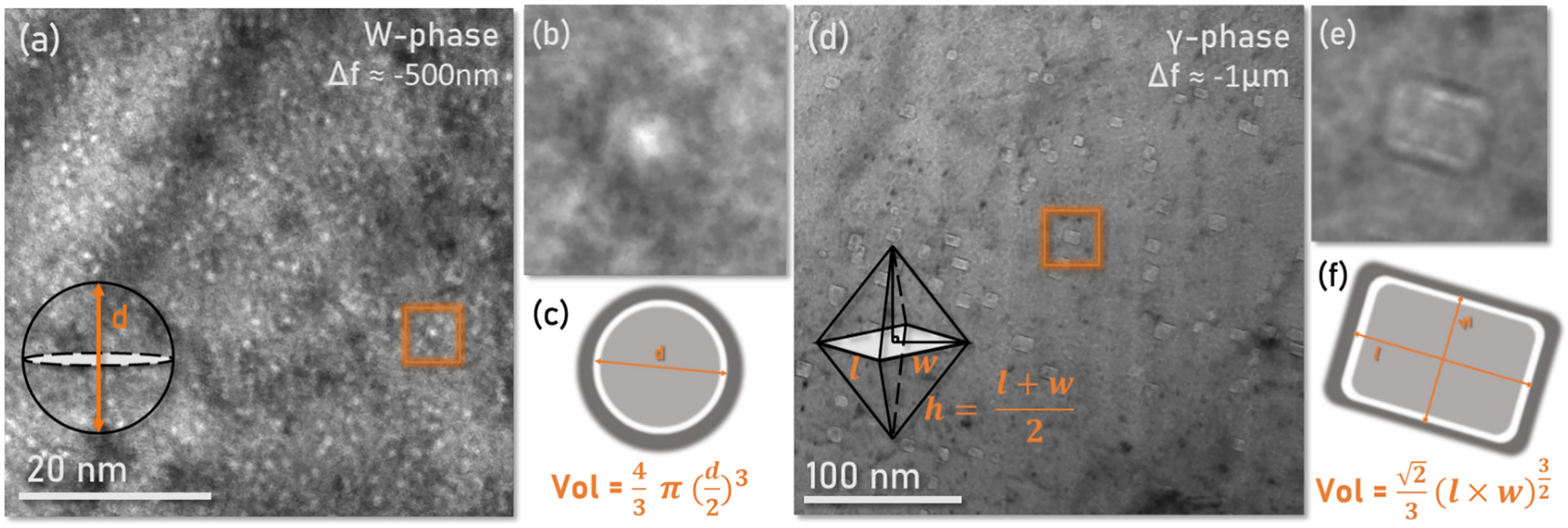2025-05-30 パシフィック・ノースウェスト国立研究所(PNNL)
<関連情報>
- https://www.pnnl.gov/publications/assessing-properties-enable-reduction-potential-tuning-ironsulfur-clusters
- https://pubs.acs.org/doi/10.1021/acs.jpclett.5c00616
生物学的鉄/硫黄クラスターにおける還元電位をボルト範囲で調整できる特性について The Properties That Allow Tuning the Reduction Potentials over a Volt Range in Biological Iron/Sulfur Clusters
Busra Dereli,Marcel D. Baer,John W. Peters and Simone Raugei
The Journal of Physical Chemistry Letters Published: May 1, 2025
DOI:https://doi.org/10.1021/acs.jpclett.5c00616
Abstract

[4Fe-4S] clusters are ubiquitous in biology and are crucial to the more salient processes in energy metabolism, serving as intermediates in inter- and intramolecular electron transfer pathways. The [4Fe-4S] clusters are more prevalent, serving a variety of functions, and can remarkably adopt a surprising range of reduction potentials spanning more than 1 V. The characteristics of the environment, including charge, solvent access, and geometric distortion, finely modulate the reduction potential of iron/sulfur clusters. However, prior research has not yet systematically addressed cause and effect. In this work, we conducted a thorough theoretical assessment of how charge distribution and structural distortion contribute to the full range of reductions exhibited by biological [4Fe-4S] clusters. The work shows that the most significant contributions can be predicted for electrostatic interactions, which are directionally biased.



